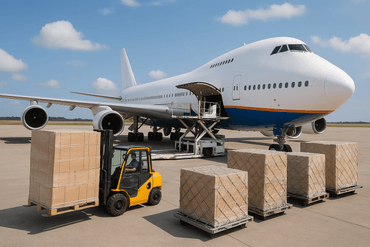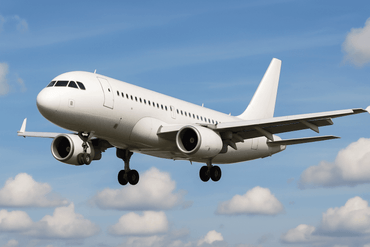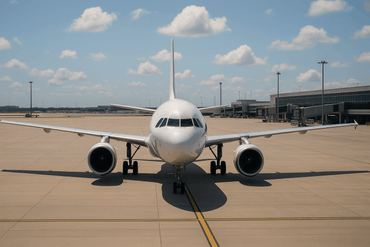
Everything you need to know about the container seal



The importance of the container seal
When shipping a container, securing your merchandise should be one of your main priorities. All shipping containers transported via ocean freight, be it FCL shipping or LCL shipping, are required to be secured using specific shipping container seals to make sure that the container has been properly closed and locked.
Upon placing the container seal, your container has been properly closed at origin. Since it can only be removed once, it ensures that your container remains unopened during its maritime journey prior to delivery to buyer.
This not only deters theft, but also minimizes the risk of an unauthorized person accessing your container to transport illegal cargo such as contraband and/or drugs.
Complying with the different guidelines
From padlock seals to wire seals to bolt seals, there are many different kinds of container seals available to shippers. Which seal you choose will depend on many factors, including the country to which you’re shipping. After choosing your seal, check to make sure that it complies with the requirements of the ISO PAS 17712 charter.
Different shipping lines may have their own guidelines with regards to the different types of container seals, but they do not differ too much. Take note that certain customs authorities in some countries may also have their own container seal regulations as part of their national security.
When shipping to/from the USA, take extra care to comply with the US Customs and Border Protection’s CTPAT’s regulations. Under CTPAT’s regulations, all US-bound containers must be locked by seals categorized as ‘high security’ by the ISO. These seals are the considered to be the toughest to break open, often requiring specialized and industrial-strength tools.
In general, we also recommend using high security seals for countries such as India and Venezuela.
Where to place the container seal
Having a container seal is important, but making sure it’s attached in the right place is equally vital.
Every container has two doors that open outwards. On each door, there are two lock rods. When closing the container, you need to first shut the left door and then the right door. The best place to put the container seal would be on the right door, since that is the door that will be opened first.
You may place the seal on either one or both of the lock rods of the right door. For a peace of your mind, you may want to add an additional seal to the left door. But unless your merchandise has been packed small enough to fit through one open door, this doesn’t generally serve any added protection.
Documenting the container seal
Each and every container seal carries its own identification number. Make sure that your container seal identification number accurately reflects the number that’s listed on your Bill of Lading. Prior to opening the container, the container seal identification number will be checked against the Bill of Lading.
Keep in mind that different seal types may have the same seal number. E.g. A metal strip seal and a padlock seal may both have 112233 as their seal identification numbers. In order to ensure maximum accuracy, we recommend you to take photos of the container door with the seal after it’s been properly closed to avoid confusion.
Certain customs authorities are extremely diligent in checking that the seal numbers match to make sure the cargo has not been tampered with which may indicate an unauthorized load inside the container. Should there be a mismatch of seal numbers, your cargo may not only be delayed from being released but you may also face a heavy fine.
Take note: As a shipper, it is your responsibility to provide the container seal. Truckers may sometimes provide a seal but it is up to the shipper to ensure that the correct seal number is listed on the Bill of Lading.
What happens if your container seal has been broken
A container seal that has been broken or tampered with does not necessarily mean a theft has taken place. It may simply mean that there has been a customs inspection. If this happens in the US, US customs will usually put on a new seal and mark it so you know it’s been opened by the US customs. They will also return you the original seal.
If there is no evidence of a broken seal due to customs inspection and unauthorized entry is suspected, you should document everything. Take photos of the seal (if any) and the container. Contact your carrier, freight forwarder, and insurance company immediately. Do not, however, open your container until a representative of the shipping line is present. Continue taking photos of the contents once the container has been opened. This is important in the event that you wish to file a claim against the carrier.
Container seals are not entry-proof
Container seals aren’t entry-proof and you shouldn’t rely on it 100% to prevent theft. Its main functions are to deter unauthorized entry and to determine if there’s been one by acting as evidence of tampering.
You may, however, opt for added measures for extra protection if you wish. These include using multiple seals with a variety of sizes, styles, colors, and most importantly, combinations. Other means such as warning labels can also be considered for extra precaution.
Related Articles


